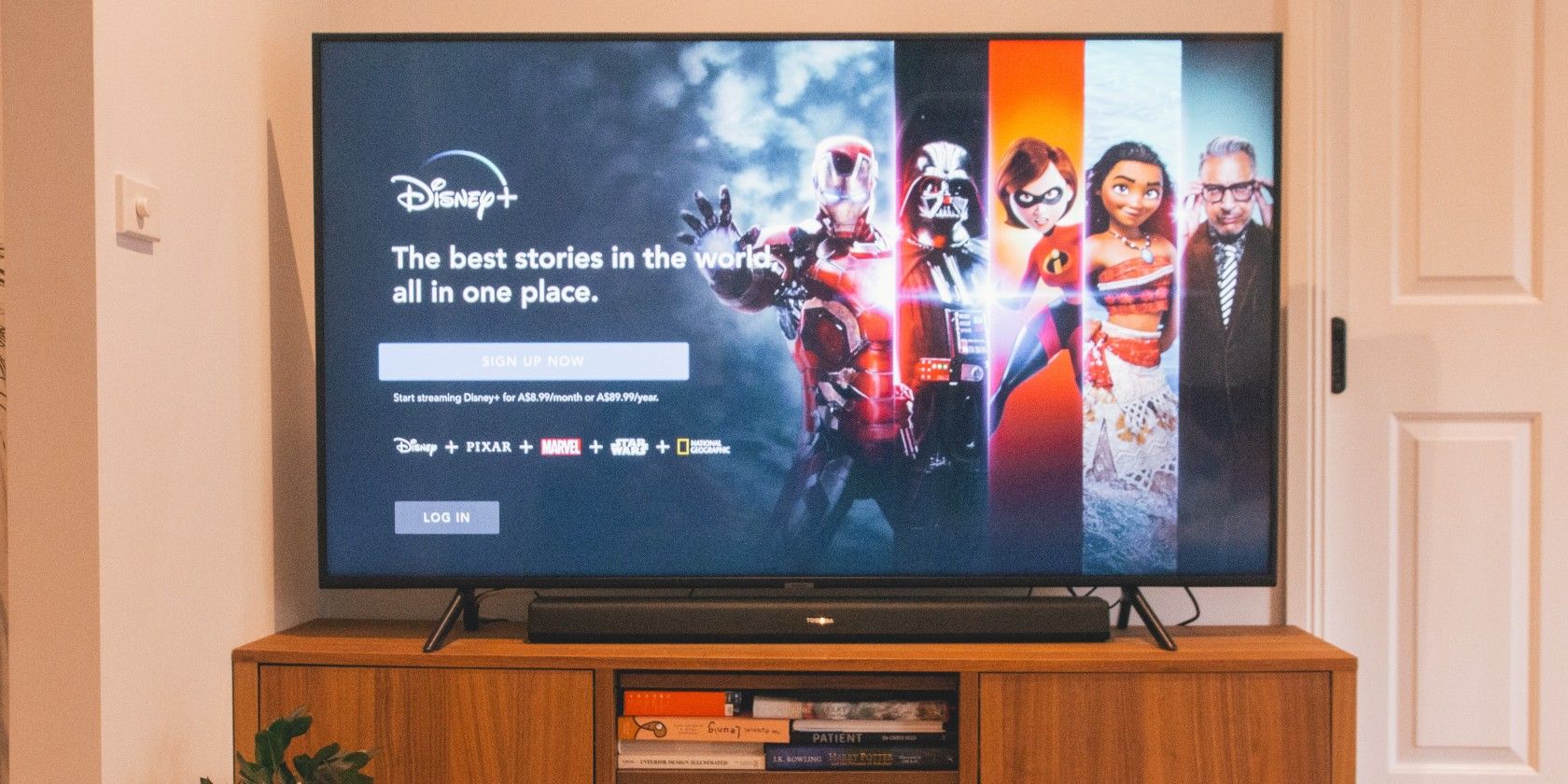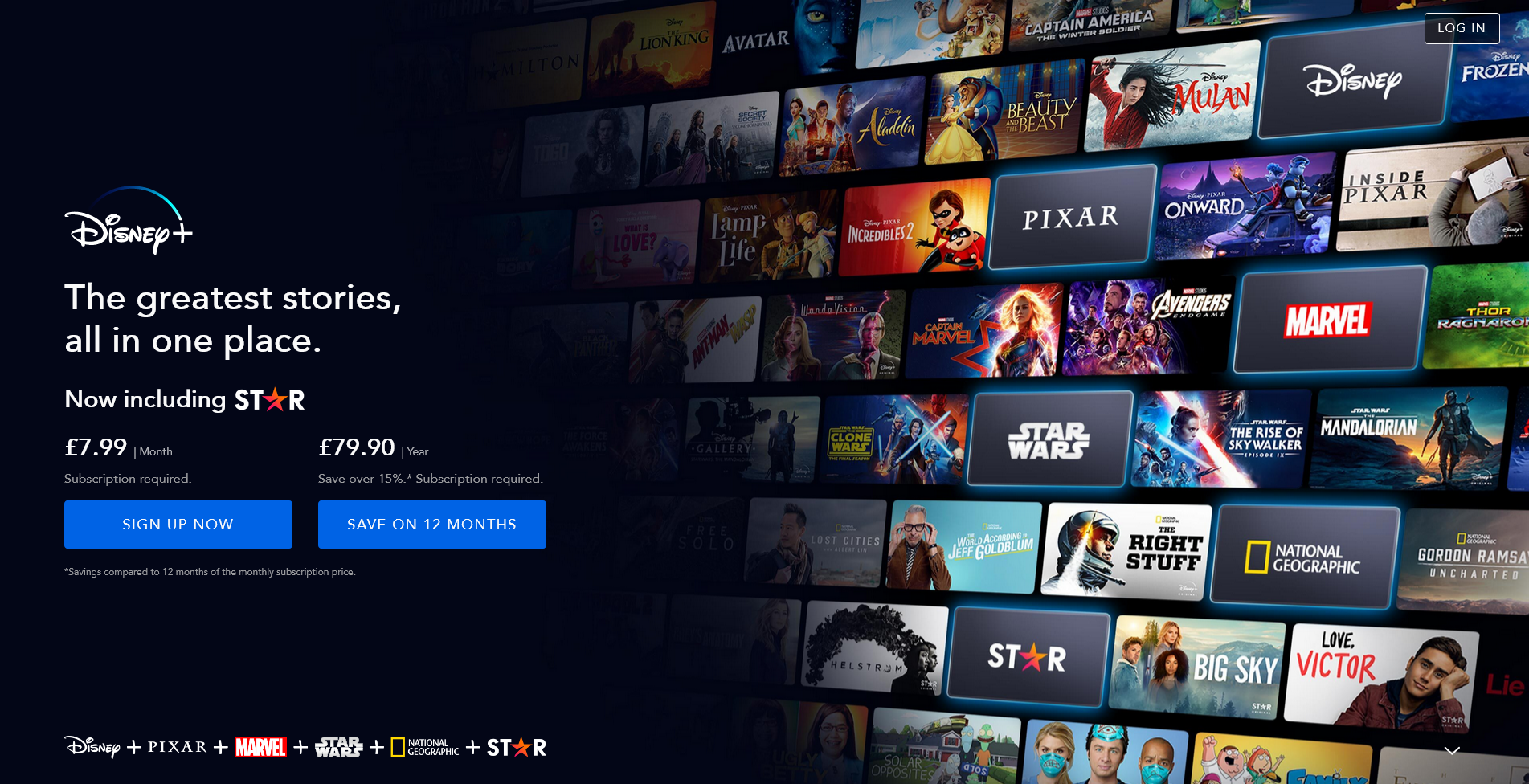Disney+ now has over 100 million subscribers. An impressive milestone, but what was even more monumental was how the streaming platform reached that in less than 18 months.
Disney has rolled its streaming service to most corners of the world, but it’s far from done. It has even more ambitious plans for the next three years.
So, how did Disney+ reach this milestone in such a short amount of time? And what does the future hold for the platform in a fiercely competitive space? You’ll discover the answer to both of these questions in this article.
The History of Disney+: From Launch to Present Day
Disney+ officially launched in November 2019. The platform was initially rolled out in the US and Canada, as well as the Netherlands.
One week after launching in its three original markets, Disney+ extended its reach to Australia, New Zealand, and Puerto Rico.
In 2020, Disney+ was more aggressive with its market expansion. Towards the end of March that year, the platform rolled out in various European markets. These included the UK, Germany, Switzerland, and Italy.
Since launching, the platform has expanded throughout North and Latin America, Western Europe, and Oceania. Customers in parts of Asia, including South Korea and Japan, can also use the service.
One year after launching, Disney+ announced that it had 73 million subscribers. By March 2021, Disney+ had more than 100 million subscribers.
How Did Disney+ Grow So Fast?
We can attribute the growth of Disney+ to numerous factors.
1. Existing Brand Reputation
For starters, Disney already has a strong global brand presence. As of March 2021, Finbox tracks the company's market capital at well over $300 billion.
People are drawn to Disney because of its brand power, which invokes emotion in all ages. That’s the case for its theme parks, movies, and merchandise. Someone loyal to Disney—especially its films—would naturally be drawn to the subscription service too.
2. The COVID-19 Pandemic
Another contributor to Disney+'s growth is the COVID-19 pandemic and more time spent at home. In the UK, the platform launched just one day after Prime Minister Boris Johnson announced the country's first lockdown.
Switzerland was also beginning to toughen restrictions, while Germany had already been locked down for over a month.
Since then, much of the world has endured further restrictions, with some stay-at-home measures making a return.
3. Affordable Service
Disney+ has also been affordable for much of its existence. The service has cost just $6.99 per month before Disney+ increased its prices in March 2021, and it costs even less in countries like India and Indonesia. Annual subscriptions were even cheaper.
For those on a budget, the above could have been a deciding factor; Netflix comparatively costs $8.99 per month for the basic version and $13.99 for standard.
4. Strong Catalog of Classic and Original Content
The strong catalog of films and TV shows is another contributing factor to Disney+'s success.
The Mandalorian premiered on the platform when it launched, which was swiftly followed by a second season. Lots of new Star Wars shows have since been announced, including a series based around Ewan McGregor's fan favorite Obi-Wan Kenobi.
Beyond that, viewers can also watch various Marvel films, along with original and exclusive content like the weird and fun WandaVision TV show.
What Is The Future of Disney+?
Disney originally expected Disney+ to hit between 60 and 90 million subscribers by 2024. Now, however, it has upped its goal to 300-350 million.
Granted, Disney+ is still a little way off of Netflix’s 200 million subscriber count. But Netflix has been around for a decade.
Some might perceive Disney+'s rising prices as being a decisive factor. However, the numbers aren’t huge; US customers now pay $7.99 per month, while UK users pay £7.99 and Europeans €8.99.
In comparison, Amazon Prime Video costs $8.99 per month, and HBO is priced at $14.99 monthly.
Another possible temptation is the addition of the Star brand to Disney+ (outside the US), which has resulted in extra adult-orientated content on the platform.
Should You Join the Disney+ Bandwagon?
Disney+ has enjoyed significant growth in little time. While it remains to be seen if it'll reach its lofty new 2024 goals, the platform is in a great position to continue this.
Despite the price increase, Disney+ still offers good value for money. The streaming service has a solid 2021 lineup, including titles like Loki and Monsters at Work.
One possible challenge for Disney+ could be keeping some customers post-pandemic. Once people no longer need to stay at home, some users might feel that they won’t use the service.
But that’s a challenge for the entire industry, not just Disney+.




